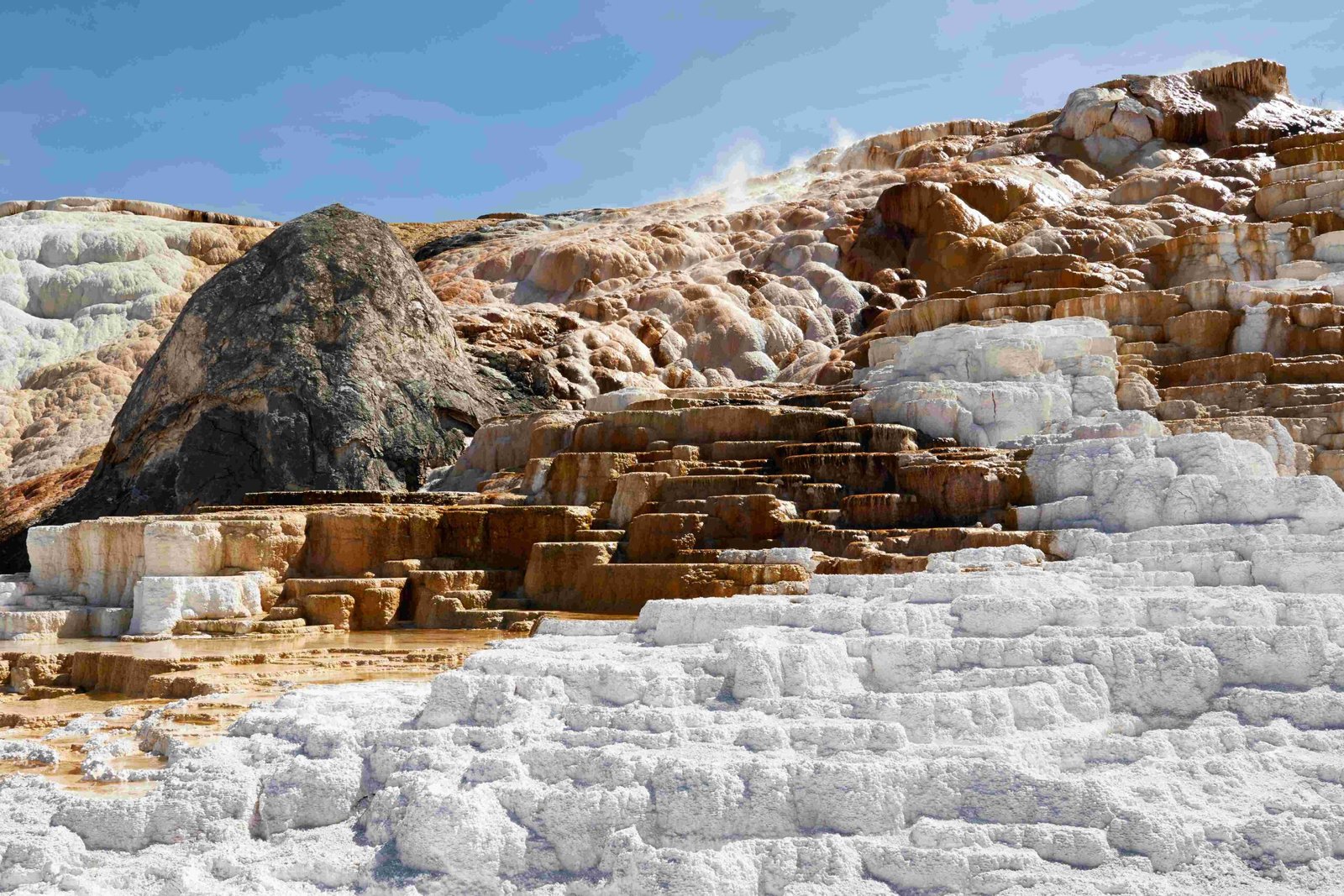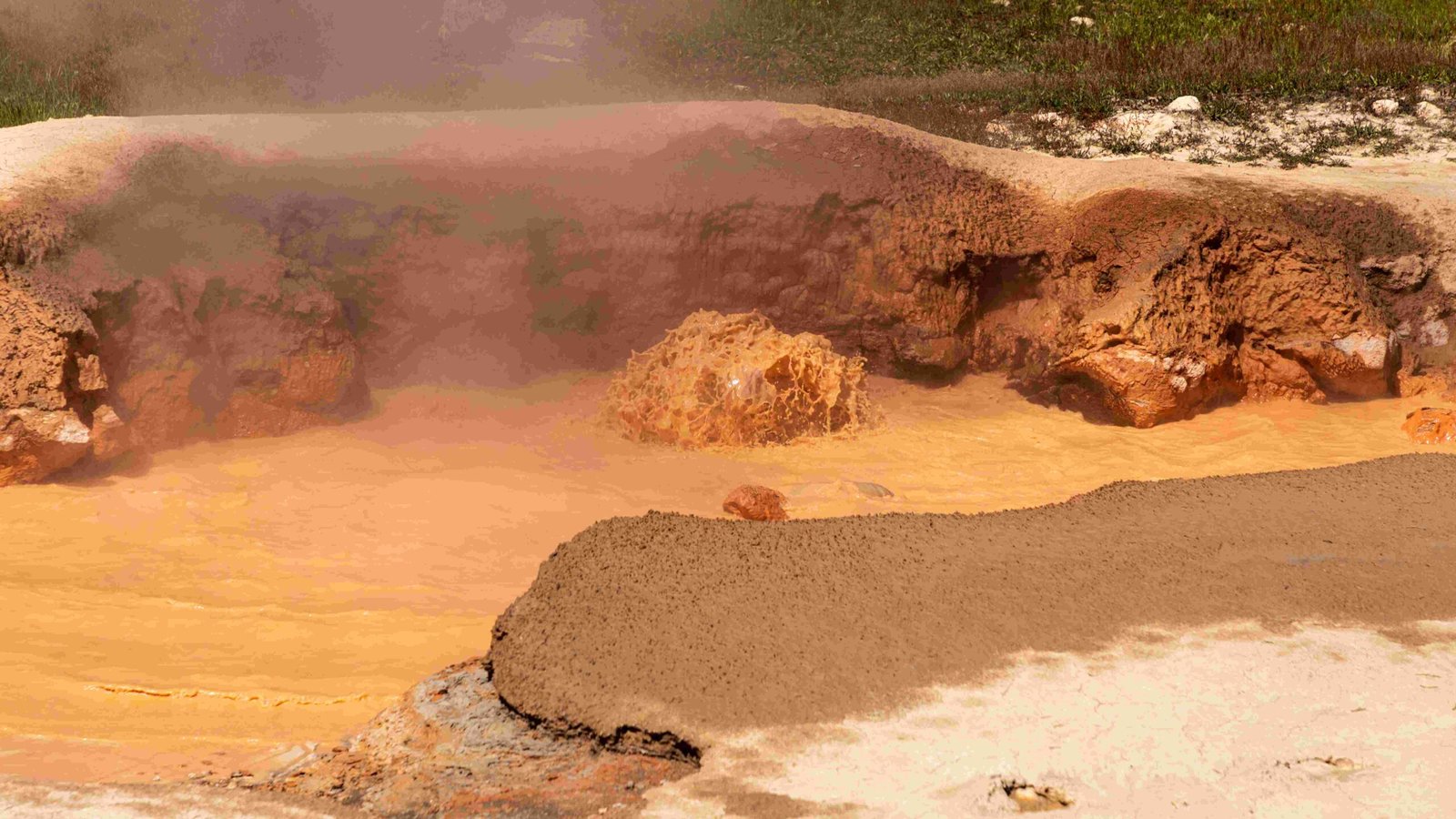Yellowstone National Park backcountry camp sites offer a unique wilderness experience for adventurous travelers. With 293 designated sites spread across diverse terrains, these remote camping locations provide unparalleled access to pristine nature, wildlife encounters, and solitude. From riverside spots to high-elevation alpine settings, backcountry camping in Yellowstone requires careful planning, adherence to regulations, and respect for the environment.
What Are the Best Yellowstone Backcountry Camp Site Locations?

Yellowstone National Park boasts a variety of backcountry camp sites, each offering unique experiences:
- Yellowstone River Area
- Example: 1Y9 Backcountry Campsite
- GPS: 44.99347215138633 N, 110.54688847863895 W
-
Features: Riverside camping, fishing opportunities
-
Gallatin Area
- Known for: Mountainous terrain, abundant wildlife
-
Elevation: Generally above 7,000 feet
-
Slough Creek Trail
- Difficulty: Beginner-friendly
-
Distance: Camping options within 2 miles of trailhead
-
Lamar Area
- Highlight: Crosses Continental Divide
-
Terrain: Challenging, varied landscapes
-
Thorofare and Two Ocean Plateau
- Distance: Over 70 miles of remote trails
-
Difficulty: Challenging, requires extensive planning
-
Heart Lake and Snake River
- Location: Base of Mount Sheridan
- Features: Scenic views, popular (early reservations recommended)
How Do You Reserve a Yellowstone Backcountry Camp Site?

Securing a Yellowstone backcountry camp site involves a specific process:
- Advance Reservations
- Available for approximately 75% of sites
-
Must be made at least 3 days before trip start date
-
Early Access Lottery
- Application period: Typically March 1-20 for the following year
-
Fee: $10 non-refundable application fee
-
Reservation Confirmation
-
Typically confirmed no earlier than 48 hours before camping date
-
Maximum Stay
-
Varies from 1 to 3 nights per campsite per trip
-
Cancellation Policy
- Not explicitly stated, but flexibility is limited due to date-specific permits
What Are the Regulations for Yellowstone Backcountry Camp Sites?
Adhering to regulations is crucial for preserving Yellowstone’s backcountry:
- Campfire Use
- Allowed only in designated fire rings
-
Must be fully extinguished before leaving
-
Food Storage
- Required: Use of provided food storage poles or boxes
-
Bring 35 feet or longer rope for sites with food poles
-
Wildlife Safety
- Maintain safe distance from thermal waters and wildlife
-
No safety fences or boardwalks in backcountry areas
-
Leave No Trace
-
Follow principles to minimize environmental impact
-
Group Size
- Limited to protect wilderness character (specific limits vary by site)
What Essential Gear Is Needed for Yellowstone Backcountry Camping?
A comprehensive gear list ensures a safe and comfortable backcountry experience:
| Category | Essential Items | Recommended Examples |
|---|---|---|
| Shelter | Tent | Big Agnes Fly Creek HV UL 2 |
| Sleep System | Sleeping Bag, Pad | Western Mountaineering Summerlite 32°F |
| Backpack | 38L+ Capacity | Osprey Exos 38L |
| Cooking | Stove, Fuel, Utensils | MSR WhisperLite Universal Stove |
| Water | Filtration System | Sawyer Mini Water Filtration System |
| Safety | First Aid Kit, Bear Spray | Comprehensive kit with blister care |
| Navigation | Map, Compass, GPS | Smartphone with GPS app or dedicated device |
| Food Storage | Bear-resistant container or rope | 35 feet or longer rope for food poles |
| Clothing | Layered, weather-appropriate | Include rain gear and warm layers |
How Do Seasonal Factors Affect Yellowstone Backcountry Camping?
Seasonal considerations play a crucial role in planning:
- Spring (Late May to Early June)
- Many trails still snow-covered
-
River crossings challenging due to runoff
-
Summer (Late June to August)
- Peak season for backcountry camping
-
Some mountain passes may remain snow-covered until late July
-
Fall (September to Early October)
- Cooler temperatures, fewer crowds
-
Potential for early snowfall at higher elevations
-
Winter (Late October to April)
- Most backcountry areas inaccessible
- Specialized winter camping skills required
What Are the Most Challenging Backcountry Trails in Yellowstone?
For experienced backpackers seeking a challenge:
- Thorofare Trail
- Length: Over 70 miles round trip
-
Difficulty: Extremely remote, requires extensive wilderness skills
-
Sky Rim Trail
- Length: 21 miles
-
Difficulty: High elevation, exposed ridgelines
-
Bechler River Trail
- Length: 32 miles one-way
- Difficulty: Multiple river crossings, remote thermal areas
How Can You Ensure Wildlife Safety at Yellowstone Backcountry Camp Sites?
Wildlife safety is paramount in Yellowstone’s backcountry:
- Bear Safety
- Carry bear spray and know how to use it
- Store food properly in provided storage solutions
-
Make noise while hiking to avoid surprising bears
-
Bison and Elk
- Maintain at least 25 yards distance
-
Never approach or feed wildlife
-
Thermal Area Safety
- Stay on designated trails near thermal features
- Never touch or enter hot springs or geysers
By following these guidelines and thoroughly preparing for your Yellowstone National Park backcountry camp site experience, you can enjoy a safe and unforgettable wilderness adventure in one of America’s most iconic national parks.
References:
1. https://thedyrt.com/camping/montana/1y9-y-n-p-backcountry-campsite-camp-along-the-yellowstone-river
2. https://www.nps.gov/yell/planyourvisit/backcountryhiking.htm
3. https://thepedalproject.org/yellowstone-backcountry-camping-options/

